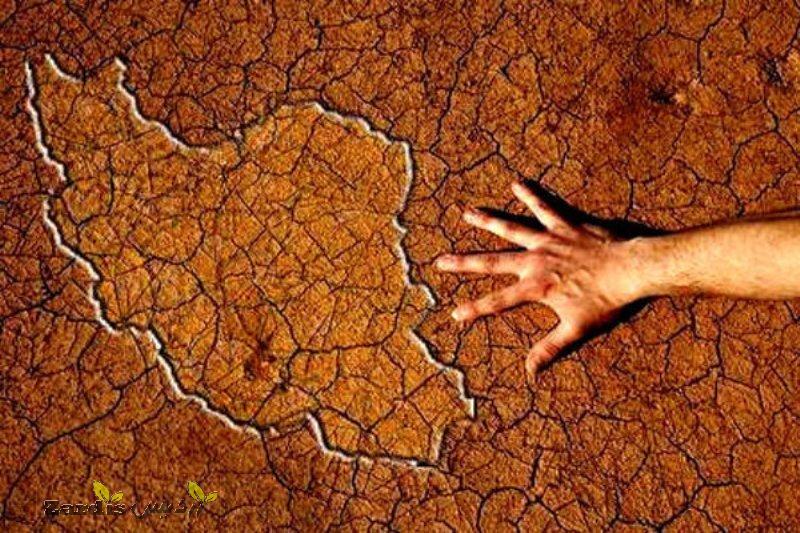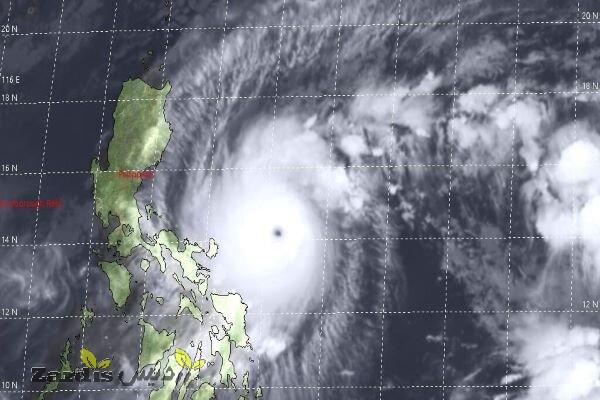TEHRAN – A recent report by Nature Scientific Journal on Iran’s water crisis indicates that from 2002 to 2015, over 74 billion cubic meters have been extracted from aquifers, which is unprecedented and its revival takes thousands of years along with urgent action.
Three Iranian scientists studied 30 basins in the country and realized that the rate of aquifer depletion over a 14-year period has been about 74 billion cubic meters, which is recently published in Nature Scientific Journal.
Also, over-harvesting in 77 percent of Iran has led to more land subsidence and soil salinity. Research and statistics show that the average overdraft from the country’s aquifers was about 5.2 billion cubic meters per year.
Mohammad Darvish, head of the environment group in the UNESCO Chair on Social Health told Mehr on Saturday that the situation of groundwater resources is worrisome, and if this catastrophe is not addressed quickly, the future generations may never forgive this negligence.
The statistic is unprecedented, as the total reservoirs of all dams in the country have a capacity of about 50 billion cubic meters; In other words, in the last 14 years, 22 billion cubic meters more than the capacity of all dams have been extracted from the country’s underground sources, he explained.
The study showed that no attention has been paid to the ecological potential of the country, which has caused a very worrying phenomenon of land subsidence in the country, Darvish added.
Land subsidence is a phenomenon that, when it occurs on a plain, turns the area into a dead plain and takes at least 50,000 years to regain resilience. Compensation for a 14-year water withdrawal for Iran’s groundwater resources may take several thousand years, he lamented.
The report notes that Iran’s water consumption has increased due to a significant increase in legal and illegal wells, the expansion of agricultural land, and increasing livelihood dependence on water and soil resources in agriculture, livestock, and poultry, which are mainly caused by human factors, Darvish noted.
What is the solution?
In the first step, the dependence of livelihoods on water and soil resources must be reduced and governments must move towards the extraction of clean energy, including wind and solar energy; In the Sixth Five-Year Plan, the government was required to provide 5,000 megawatts of electricity from new energy sources. If this is done, the pressure on thermal power plants, which is one of the major factors in water consumption in our country, will be reduced.
“With the money generated from the sale of clean energy to the eastern neighbor, the water needed from Helmand can be supplied to reduce the crisis that is now affecting the eastern part of the country;” It is also necessary to provide conditions for the specialized forces of the country to move towards the production of secondary products and to prevent the sale of raw materials, which are highly water-consuming.
There is a lot of potential for revenue generation and development in the country; A country whose average rainfall is one-third of the world average and may change up to 80 percent of its rainfall from year to year should use strategies to make a living without dependency on natural resources, he further explained.
Mohammad Reza Goldansaz, a researcher in the field of water resources, said in June 2019 that an annual amount of 50 billion cubic meters of groundwater resources are withdrawn to supply agricultural, industrial as well as drinking water in Iran.
The amount is 10 times greater than the water covering Lake Urmia, amounting to 5 billion cubic meters.
Environmental official Mohammad Mojabi said in July 2018 that renewable water resources have drastically decreased to less than 100 billion cubic meters from 132 billion cubic meters over the past 50 years, demonstrating a 25 percent decline.
Moreover, the temperature has increased by 1.1 degrees on the Celsius scale over the past 15 years, which mainly decreases the moisture and increase evaporation and accordingly give rise to sand and dust storms, he added.
Groundwater resources are also in a bad condition, he lamented, adding that out of 609 aquifers in the country 309 are depleted and water withdrawal is not allowed anymore in these aquifers.
Underground water drainage has devastating consequences such as dried-up rivers and wetlands, destruction of vegetation, increase in sand and dust storms, land subsidence, formation of holes and long gaps in the plains, and increased salinity of aquifers.
Why subsurface reservoirs are highly vital?
According to the U.S. Geological Survey’s (USGS) Water Science School groundwater is a valuable resource throughout the world. Where surface water, such as lakes and rivers, is scarce or inaccessible, groundwater supplies many of the hydrologic needs of people everywhere. Groundwater depletion, a term often defined as long-term water-level declines caused by sustained groundwater pumping, is a key issue associated with groundwater use.
The water stored in the ground can be compared to money kept in a bank account. If you withdraw money at a faster rate than you deposit new money you will eventually start having account-supply problems. Pumping water out of the ground faster than it is replenished over the long term causes similar problems. Some of the negative effects of groundwater depletion include drying up of wells, reduction of water in streams and lakes, deterioration of water quality, increased pumping costs, and land subsidence.
FB/MG
Zardis news | The latest news of Iran and the world
تمامی حقوق مطالب برای "Zardis news"محفوظ است و هرگونه کپی برداری بدون ذکر منبع ممنوع می باشد.
طبق ماده 12 فصل سوم قانون جرائم رایانه ای کپی برداری از قالب و محتوا پیگرد قانونی خواهد داشت.







